From Paris to Kyoto, in photos
William Eggleston lands in full colour at the Hara Museum of Art
Posted: Thu Jul 29 2010
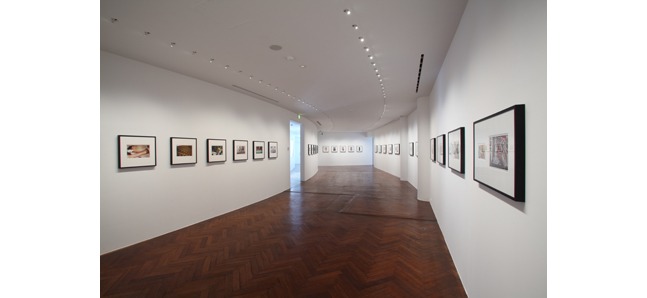
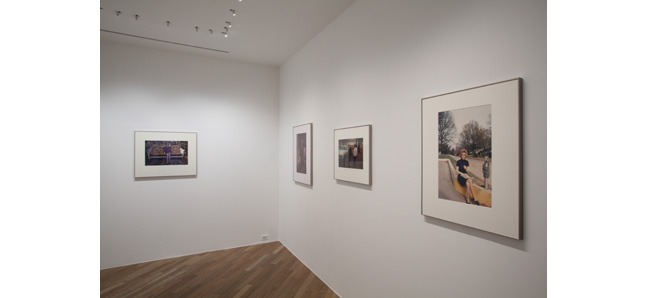



These days it seems the streets are full of kamera-joshi (camera girls) with the obligatory camera hanging from their necks, and camera phones have made hundreds of millions into photographers. These two groups, just a small cross-section of the modern popularisation of photography may not know it but they have at least one iconic photographer to thank. The Hara Museum of Contemporary Art is holding a solo exhibition by this pioneer of colour photography, William Eggleston.
Eggleston was born in 1939 in the American south, and decided on a career in photography after being exposed to the work of photographers like Henri Cartier-Bresson and Walker Evans. ‘William Eggleston’s Guide’ (1976), a series of photographs of scenes and people from his hometown in the south, brought him to prominence and is said to have made headway for colour photography to be accepted as a legitimate art form – rather than just a commercial medium. The ‘Paris-Kyoto’ exhibition is based around his ‘Paris’ and ‘Kyoto’ series, commissioned by the Fondation Cartier pour l’art contemporain, just as Paris entered the 21st century, and also includes some works from his ‘Guide’. In other words, it also offers a great opportunity to compare Eggleston’s early and present works.
Eggleston’s more recent works have a snapshot-type quality. It’s often said that by getting up close to his subject and taking an image of just one part of the whole, Eggleston abstracts it and avoids any clear portrayal of distance or even of the subject itself. For example, when he photographs Kyoto he won’t take an easily recognisable image (like a shrine or a temple, or maiko). What he does take is images like that of a young girl wearing what seems like the local school uniform, or fish swimming in a tank, or plumbing pipes seen from ground level. If the images contain Japanese people or Japanese writing it’s possible to guess that they were taken in Japan, but there is no way of distinguishing whether they were taken in Kyoto or Tokyo. The only person who can really confirm the location is the one who took the photo himself.
Eggleston steers clear of the symbolic motifs that readily identify a city. By divesting the photographs of any sense of place he represents Kyoto in a very conceptual world of ‘Kyoto-like’ images. These abstracted photographs give the viewers the space to make a poetic and lyrical interpretation. The ‘Paris’ series has this same quality; even if the subjects are probably residents of Paris, there is really no way to positively declare whether the photographed scene is in Paris or Lyon or Marseille. Even if you tried to say that the images are ‘completely like Paris’ or ‘very Kyoto’, it would be nothing but an extremely dubious interpretation based on a resemblance to a preconceived idea, akin to a kind of ‘Orientalism’.
Taken this way, it would appear that commenting on Eggleston’s ‘snapshot style’ and ‘abstraction’ is a way to escape the notion that his work always exposes the underbelly of mundane suburban life, which is how his work in the ‘Guide’, which is said to show the hidden aspects of America’s south, is so often seen (though this is perhaps a dubious interpretation in itself).
Would it be forced then to interpret the works in this current exhibition, where the expression of the ‘oblique’ appears at random in all the works, in terms of this kind of evasion? Motifs don’t extend straight up or down, but lean to the left or right; subjects are not photographed from the front, but from an angle to the left or right; shadows or people’s legs cut diagonally into the pictures; the horizon tilts – there is no subject in the centre of the composition; there is no focal point so our viewpoint becomes scattered. At the same time as any set, material concept of the subject is removed (the meaning of the subject matter is never clear), this could also be seen as expressive of Eggleston’s itinerant, uneven background which made him an outsider: his contradictory upbringing of being from the south, which had become synonymous with the slavery in its past, while also being brought up in a wealthy white family (the one photograph where the subject’s eyes meet ours is ‘Black Labourer’ in the ‘Paris’ series).
There are also the drawings that are on display at this exhibition. Through the pairing of photographs with drawings – which have strongly subjective and arbitrary qualities – there is a careful avoidance of the sense of objectivity that the media of photography is so bound to produce (though photography critic Kotaro Iizawa said that they ‘don’t harmonize well’ in the May 2010 issue of Bijutsu Techo)
Is it reading too much into things to think that this kind of unevenness is what led Eggleston to the snapshot photograph, which resists focal points, and the abstraction and the obliqueness, which reject any fixed meaning? Through this distortion, Eggleston beautifully diffuses light and colour within the frame, like a prism that splits sunlight into the colours of the rainbow. This is why he can photograph whatever happens to be on the street – be it a restaurant’s sign, a dead fish, or just a piece of rubbish – and make it flicker with brilliant colour.
William Eggleston: Paris-Kyoto
Date: Until Sun Aug 22
Location: Hara Museum of Contemporary Art (Full details & map)
Tweets
- About Us |
- Work for Time Out |
- Send us info |
- Advertising |
- Mobile edition |
- Terms & Conditions |
- Privacy policy |
- Contact Us
Copyright © 2014 Time Out Tokyo










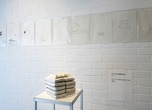
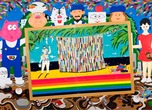
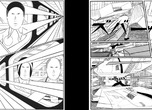
Add your comment